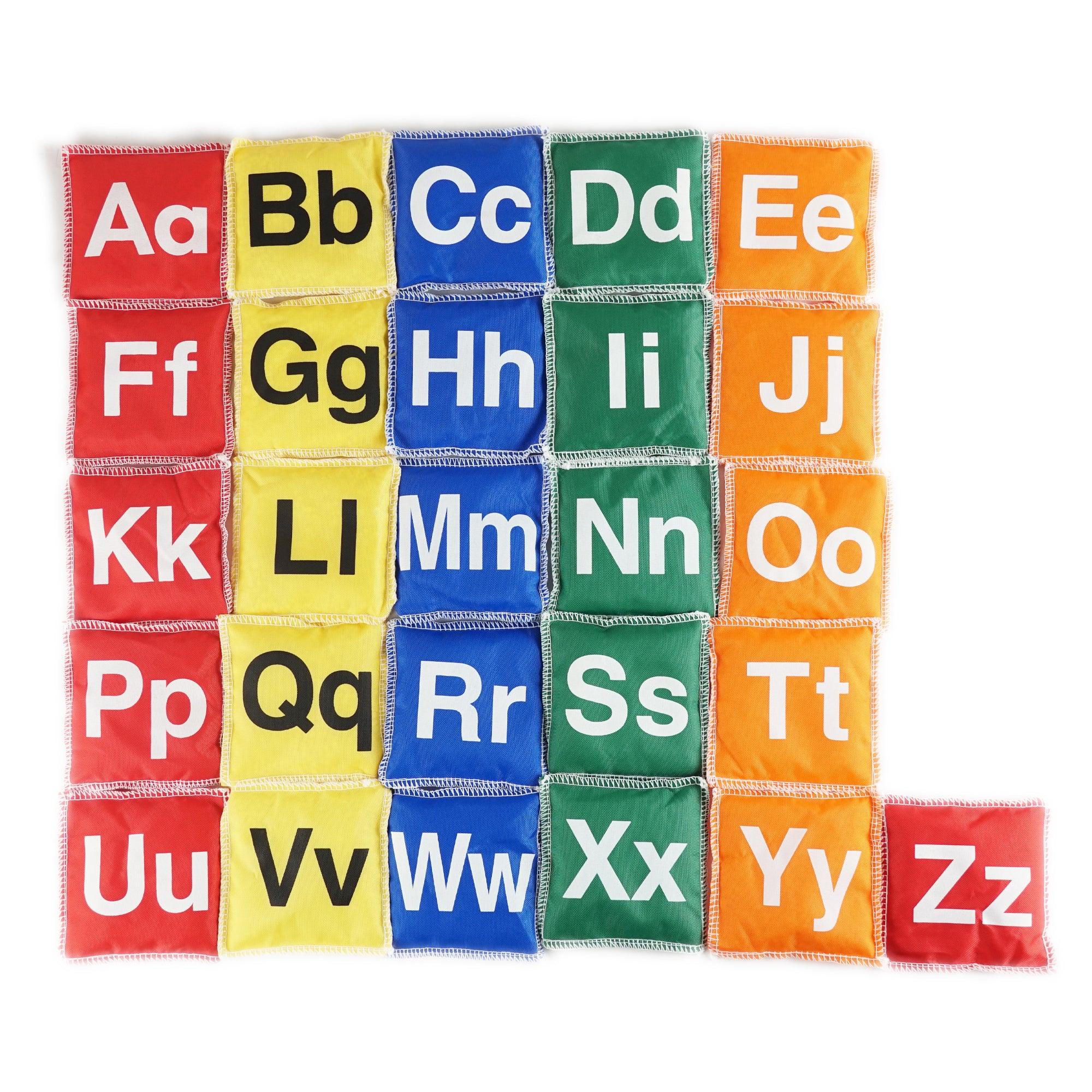The Fascinating History and Cultural Significance of Toy Trains
Introduction
Toy trains have captivated the hearts and imaginations of children and adults alike for generations. These miniature locomotives, with their intricate details and smooth movements, have become much more than just playthings. Uniting art, engineering, and nostalgia, toy trains have a fascinating history and hold a significant place in various cultures around the world. Let’s dive into their journey through time and unravel their cultural importance.
The Evolution of Toy Trains
Toy trains have come a long way since their inception. Starting as mere replicas of real trains, they soon evolved to incorporate more advanced features and technologies. Here are some key developments:
- Early wooden train sets: The first toy trains were crafted from wood, providing basic enjoyment for children as they powered them through imaginary landscapes.
- Tinplate trains: With the industrial revolution, the production of toy trains shifted to tinplate. These models boasted colorful designs and clockwork mechanisms, enchanting children with their winding and clattering movements.
- Electric trains: The introduction of electricity revolutionized the toy train industry. Electrically powered models offered realistic sounds, lights, and even steam effects, further enhancing the play experience.
- Digital revolution: In recent years, toy trains have embraced digital technologies, with features like remote control capabilities, interactive apps, and augmented reality integration, providing an immersive and interactive playtime.
The Cultural Significance of Toy Trains
Toy trains have transcended their function as mere play objects and have become deeply intertwined with various cultures worldwide. Here are some notable cultural significances:
- Historical representation: Toy trains often reflect the historical context of the era they were produced in, serving as a window into the past. They provide insights into technological advancements and societal norms of their time.
- Collectibles and hobbies: Toy trains have fostered dedicated communities of collectors and enthusiasts who appreciate their craftsmanship, rarity, and historical value. Collecting and maintaining these models has become a popular hobby and a way to preserve history.
- Festive decorations: During the holiday season, toy trains often feature as central elements in decorative setups. They are a staple of Christmas displays, evoking a nostalgic ambiance and adding an element of charm and wonder to the festivities.
- Symbol of childhood innocence: Toy trains hold a special place in our collective memory as symbols of a simpler time, reminding us of the joy and wonder associated with childhood. They evoke a sense of nostalgia and sentimentality for both adults and children.
Features of Toy Trains
Toy trains come with a wide array of features that make them engaging and captivating. Some notable ones include:
- Realistic design: Toy trains strive to replicate the intricate detailing of their real-life counterparts, featuring accurately scaled down locomotives, delicate tracks, and realistic accessories.
- Mechanical movements: Many toy trains are equipped with various mechanisms like wind-up mechanisms, pull-back actions, or electric-powered motors, enhancing their play value and adding interactive elements.
- Sound and light effects: To create an immersive experience, toy trains often incorporate sound and light effects such as train whistles, engine noises, and flickering lights, further enhancing their realism.
- Expandable sets: Toy train sets can be expanded by adding more tracks, cars, and accessories, allowing children to build and customize their miniature railway systems, sparking creativity and storytelling.
- Interactive features: With advancements in technology, many toy trains now offer interactive features like remote control capabilities, Bluetooth connectivity, and compatibility with digital gaming platforms, providing an engaging and dynamic play experience.
Conclusion
Toy trains have left an indelible mark on our lives, captivating our imaginations and becoming cherished items that bridge generations. Their rich history and cultural significance have turned them into more than just toys. Whether enjoyed as collectibles, festive decorations, or playtime companions, toy trains continue to evoke a sense of wonder and nostalgia. So, next time you come across a toy train, take a moment to appreciate the artistry, engineering, and the stories they carry with them.




